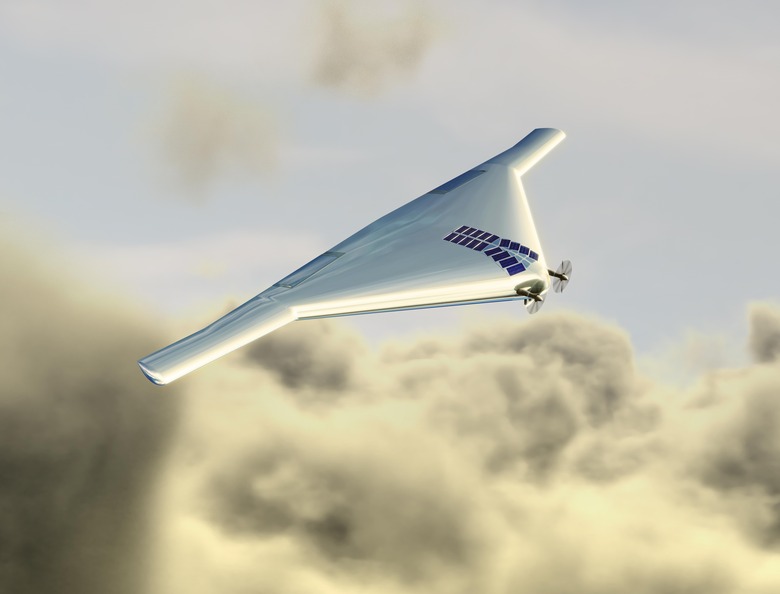Life On Venus Could Flourish - Tiny But Hardy - In The Clouds
Extraterrestrial life could be closer than we think, flourishing in the clouds around Venus, though think along the lines of microbes rather than little green men. The possibility of Venus' clouds being habitable was first raised back in the 60s, with subsequent probes dispatched to the planet confirming that the idea wasn't entirely improbable.
Venus' surface is certainly not conducive to life, with its temperatures reaching highs close to 900 degree Fahrenheit. Its clouds, however, are a different story. Even back in the early 60s and late 70s, probe findings suggested the temperatures and pressures in the lower and middle atmospheric regions didn't count out microbial life.
A new paper, published by planetary scientist Sanjay Limaye of the University of Wisconsin–Madison's Space Science and Engineering Center, now dips back into that possibility.
"Venus has had plenty of time to evolve life on its own," Limaye argues. While the planet's surface may now be too hot to support life as we know it, it once had a habitable climate and liquid water. Had microbes been swept up from there to the atmosphere, hardy examples could still be surviving today.
While it may seem far-fetched, experts point to microbes much closer to home as evidence that the tiny creates could well tough it out. "On Earth, we know that life can thrive in very acidic conditions, can feed on carbon dioxide, and produce sulfuric acid," co-author Rakesh Mogul, a professor of biological chemistry at California State Polytechnic University, Pomona, pointed out. Such microbes have been observed in Yellowstone's hot springs, for example, in addition to places of extreme pollution.

Venus' atmosphere wouldn't necessarily be the first place you'd choose to set up shop, if you had the choice. It comprises large proportions of carbon dioxide and sulfuric acid held in water droplets. Indeed, scientists have observed dark patches in Venus' clouds which could, it has been theorized, be evidence of bacteria with light-absorbing properties.
Right now, much of this is still theoretical, and the scientists are upfront that their suggestions are based on possibility rather than direct observation. The goal, however, is to change that and go hunting for samples with next-generation probes. One such example is the Venus Atmospheric Maneuverable Platform, or VAMP, which drone-maker Northrop Grumman discussed sending to the planet back in 2015.
Designed to be semi-buoyant, the VAMP could potentially fly through Venus' atmosphere at altitudes of around 30-40 miles. As it did so, the delta-shaped flyer would sip tiny amounts of the gases and other substances it came across. Northrop Grumman suggest it could be aloft for up to a year at a time, inflating when it reached orbit and powered by solar energy.
Right now, though, the next possible trip to Venus could be in the late 2020s. That's assuming NASA inks an agreement with Russia to participate in the Roscosmos Venera-D mission, which could include both landing on the surface of Venus and putting crafts into orbit.
